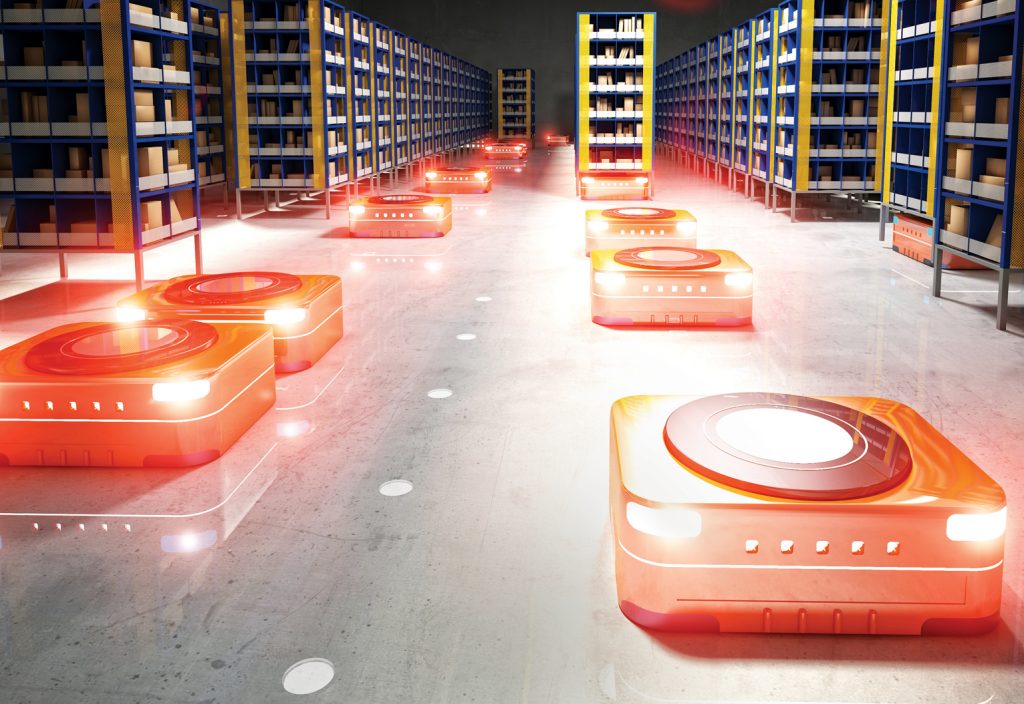A new deep learning system could be a boon for businesses that use autonomous robots.
Autonomous robots are now an important part of online shopping businesses like Amazon and Alibaba, with tens of thousands of them in use around the world in warehouses.
Ensuring these robots run efficiently and quickly is integral to these companies. A research team at the Australian National University (ANU) has potentially unlocked the key to even faster knowledge transfer.
The deep learning-based software Action Schema Networks (ASNets) specialises in dynamic and uncertain environments and could potentially solve much more complex problems than it has been trained to solve.
The system could be particularly useful in large warehouses that use thousands of robots that carry out tasks such as moving shelves and picking and packing packages, all while avoiding obstacles and other robots.
“If you wanted, you could have an ASNet observe the actions a robot would take in a small warehouse with a small number of packages, shelves, other robots and obstacles,” said Sylvie Thiébaux of ANU.
“In principle, the ASNet could then use its learnt knowledge to control a different number of robots in a much larger warehouse. This could be much faster than traditional systems that cannot transfer their knowledge between related control scenarios.”
The system could also be used in space exploration to find sequences of high-level tasks to complete in order to achieve a goal.
For example, it could be used to help with NASA’s goal of using automated planning to enable planetary rovers to find routes and action sequences to maximise the number of scientific goals achieved in a day.
Development of the system initially started because the team wanted to harness the power of deep learning to solve certain kinds of planning and scheduling problems. Specifically, they wanted a type of deep neural network that could decide the course of actions an artificial intelligent agent should take to achieve its goals.
“The technical challenge of the project was to come up with an architecture for a deep neural net that can exploit this kind of high-level domain description to learn to plan and take action effectively in such a domain,” Thiébaux said.
“Once we had the idea of how to do this, we implemented the deep neural net architecture, experimented with several variants, and adapted learning algorithms to work with it.”
